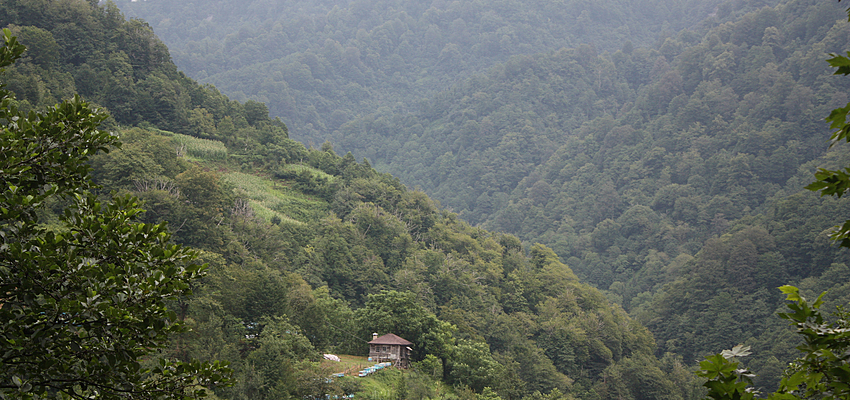


During your trip to Georgia you will actually be exploring and discovering a relatively little known part of the Caucasus.
The decision to spend your next holiday in Georgia means you will be heading off to explore a country in the Caucasus slightly less than 70,000 square kilometres in area. At its southern extreme, Georgia – the capital of which is Tbilisi – shares a little over 250 kilometres of its border with Turkey, a little under 165 kilometres with Armenia, and a little over 320 kilometres with Azerbaidjan. It shares the whole of its northern border with Russia and its entire western edge lies on the Black Sea coast. Georgia's highest mountain is over 5,000 metres high. Its name is Mount Shkhara, and its specific height is 5,068 metres. The landscape of Georgia is quite varied and includes Black Sea beaches, very high mountains, high volcanic plateaus and great plains.

The great forests are the places where you may get the chance to spot some of the most interesting wildlife in Georgia. The kinds of animals you'll see in these environments include squirrels, deer, wild boar and, if you're lucky (and on condition you keep yourself at a reasonable distance), bears, lynxes and wolves. Up in the mountains you're more likely to encounter wild sheep, chamois, ibex, wild cats, sheep, foxes and badgers. Where wild birds are concerned, you'll be able to see pheasants, swans, pelicans and, in particular, birds of prey, including eagles, falcons, harriers and various species of vultures.
Georgia's flora is also very varied, with thousands of species of plants to be seen, almost 600 of which are unique to the region. Ash, maple, beech, oak and sweet chestnut are just some of the species of trees you'll be able to see and admire In this great garden of a country. With some 6,000 species to be found in Georgia, another thing you'll be able to do is go mushroom collecting, as long as you know how to tell the difference between edible and non-edible varieties, that is.